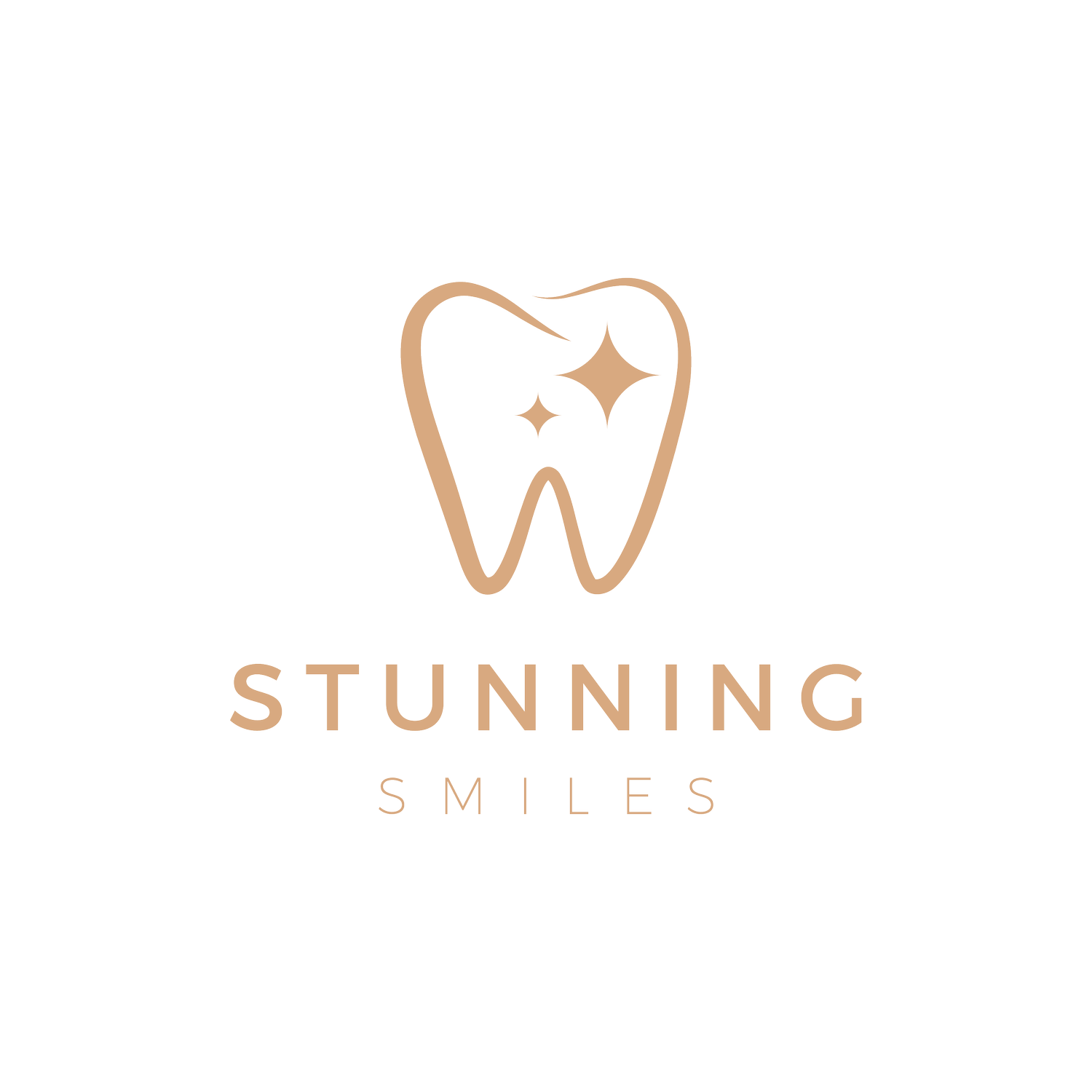The Impact of Dummy Use on Children's Teeth: What Parents Need to Know
As parents, we want to ensure the best for our children, from their nutrition to their education, and even down to their dental health. One common concern that arises in early childhood is the use of dummies, also known as pacifiers, and their potential impact on children's teeth. This blog aims to shed light on the relationship between dummy use and dental health, providing parents with the information they need to make informed decisions.
The Benefits of Dummy Use
Before delving into the dental implications, it's important to acknowledge the benefits of dummy use:
1. **Soothing Effects**: Dummies can help soothe fussy babies and provide a sense of comfort, especially during stressful situations or when they are trying to fall asleep.
2. **SIDS Prevention**: Some studies suggest that dummy use during sleep might reduce the risk of sudden infant death syndrome (SIDS).
3. **Pain Relief**: Dummies can provide relief for babies during teething or when they are experiencing other forms of discomfort.
The Dental Concerns
While dummies offer several benefits, prolonged use can lead to dental issues, particularly if the habit extends beyond infancy:
1. **Misalignment of Teeth**: Extended use of a dummy can cause the front teeth to tilt outward and upward, leading to an open bite where the teeth do not meet properly when the mouth is closed.
2. **Changes in Jaw Structure**: The constant sucking motion can affect the development of the jaw and the shape of the mouth.
3. **Increased Risk of Ear Infections**: There is some evidence to suggest a correlation between dummy use and a higher incidence of middle ear infections, which indirectly affects oral health due to the interconnectedness of ear and oral structures.
Optimal Use Guidelines
To minimize the negative impact on dental health, parents should consider the following guidelines for dummy use:
1. **Limit Duration**: Try to limit dummy use to nap times and bedtime, reducing the overall time the dummy is in the mouth.
2. **Wean Off by Age Two**: Aim to wean your child off the dummy by the age of two, as prolonged use beyond this age increases the risk of dental problems.
3. **Choose Orthodontic Dummies**: Orthodontic dummies are designed to reduce the risk of dental issues, as they are shaped to support the natural development of the mouth, teeth, and gums.
4. **Regular Dental Check-ups**: Ensure regular dental visits starting from the eruption of the first tooth, usually around six months of age, to monitor and address any emerging dental concerns.
#### Weaning Tips
Weaning a child off a dummy can be challenging but is crucial for their dental health. Here are some tips to make the process smoother:
1. **Gradual Reduction**: Gradually reduce the time your child spends with the dummy rather than stopping abruptly. This can help them adjust more easily.
2. **Substitute Comfort Items**: Introduce alternative comfort items, such as a favorite blanket or a stuffed animal, to help ease the transition.
3. **Positive Reinforcement**: Use positive reinforcement and praise when your child goes without the dummy, creating a sense of accomplishment and encouragement.
4. **Offer Distractions**: Engage your child in activities and distractions during times they typically use the dummy to reduce reliance on it.
Conclusion
While dummies can provide comfort and several benefits for young children, it's crucial to be mindful of the potential dental implications associated with prolonged use. By following the guidelines for optimal use and weaning your child at the appropriate time, you can help ensure their teeth develop healthily and reduce the risk of dental issues.
Regular dental check-ups, proper oral hygiene, and balanced use of dummies can all contribute to a healthy, happy smile for your child. Remember, every child is unique, so consult with your paediatrician or dentist to tailor your approach to your child's specific needs.


